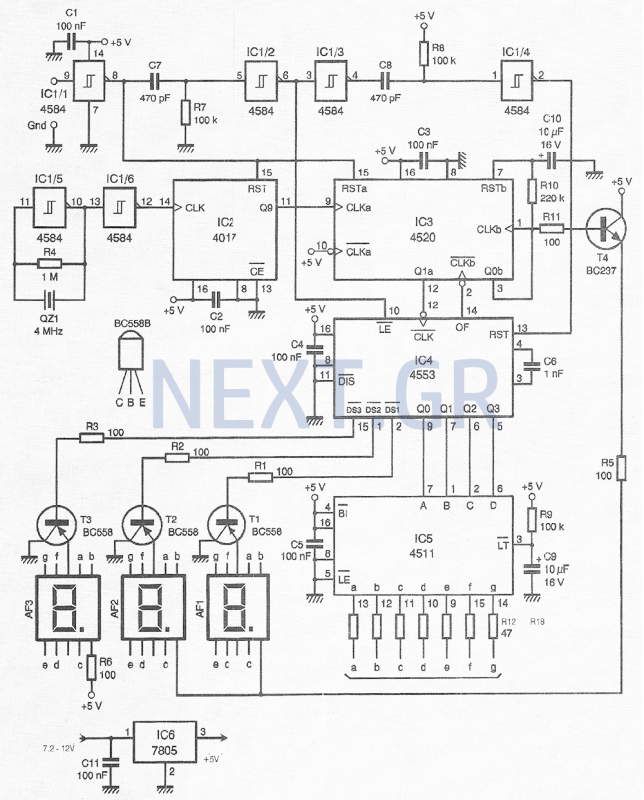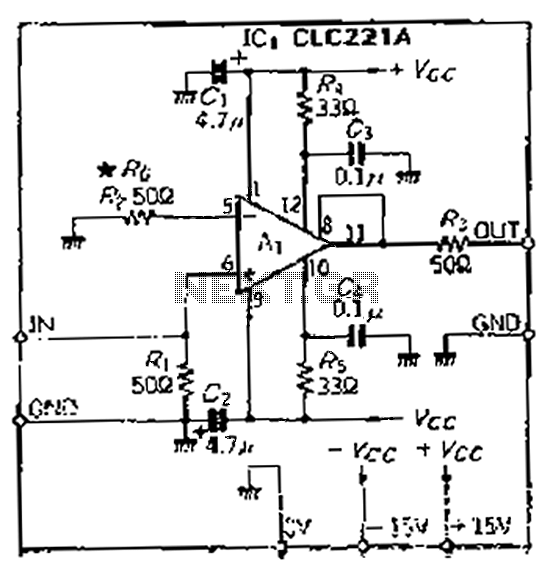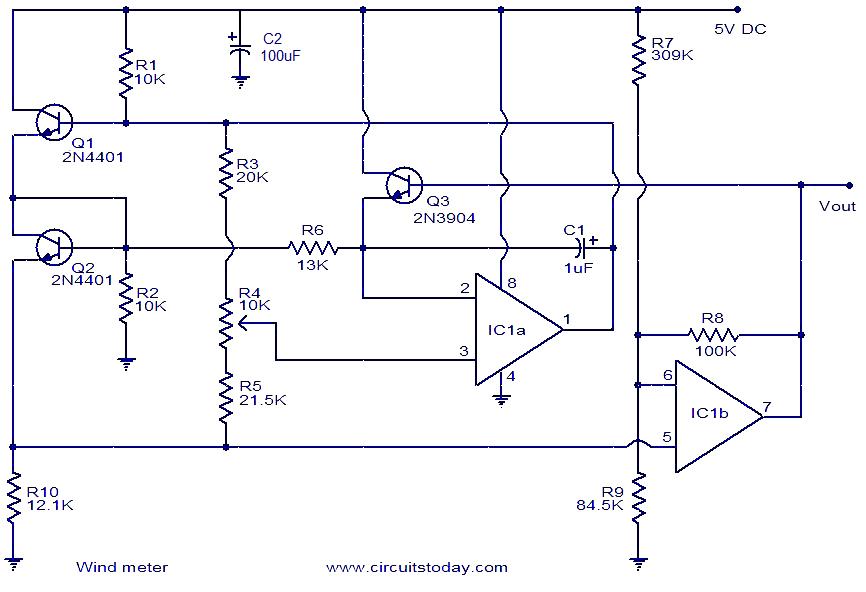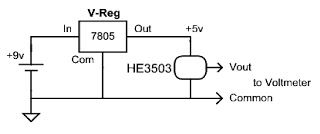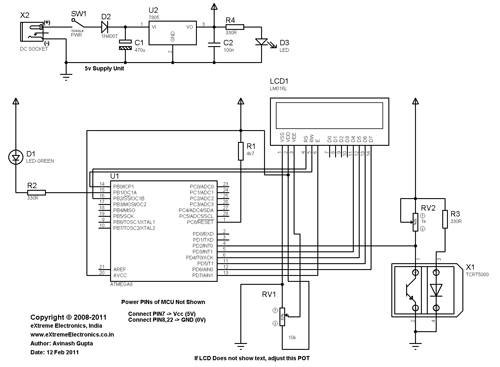
Wideband RF Field Strength Meter
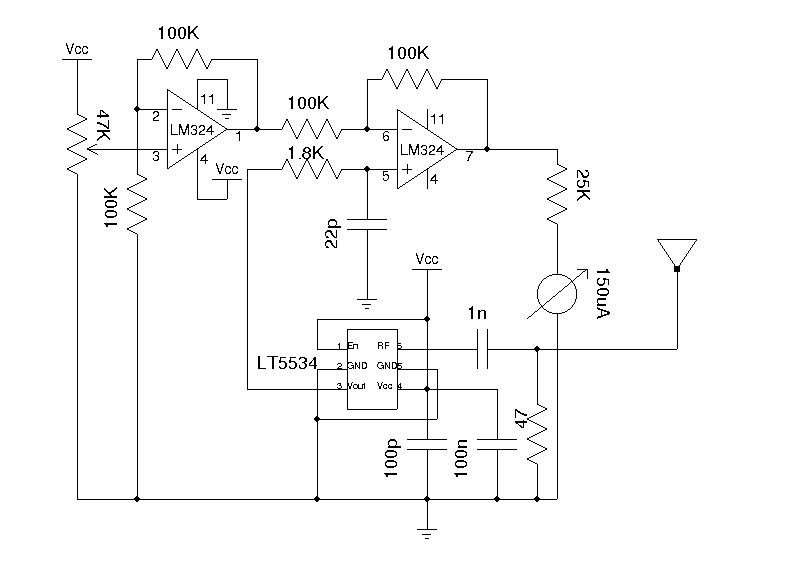
A field strength meter is highly beneficial when dealing with RF devices. It allows for the rapid diagnosis of transmitter circuit functionality and can detect RF signals present in the environment. The simplest form of a field strength meter can be constructed using a tuned LC circuit coupled with a germanium diode, similar to the construction of a crystal radio, but replacing the earpiece with a high-sensitivity current meter. While this method meets the requirements for most basic applications, it has some limitations.
A field strength meter typically consists of three main components: an LC circuit, a detector, and a display element. The LC circuit, which is composed of an inductor (L) and a capacitor (C), is tuned to resonate at a specific frequency, allowing it to effectively respond to RF signals within that frequency range. The quality factor (Q) of the LC circuit is crucial as it determines the selectivity and sensitivity of the meter.
The germanium diode serves as a detector, converting the RF signal into a DC voltage proportional to the signal strength. The choice of a germanium diode is significant due to its low forward voltage drop and high sensitivity to weak signals, making it ideal for RF applications. The output from the diode is then fed into a high-sensitivity current meter, which provides a visual representation of the signal strength detected by the LC circuit.
In practical applications, the field strength meter can be used for tasks such as aligning antennas, troubleshooting RF circuits, and measuring signal levels in various environments. However, it is essential to note that while this simple design is effective for low-frequency RF applications, its performance may be limited at higher frequencies, where more sophisticated designs may be required to achieve accurate measurements and better sensitivity.
Additional enhancements can include the integration of an adjustable tuning mechanism for the LC circuit, allowing the user to select the desired frequency range more effectively. Furthermore, incorporating a logarithmic amplifier can improve the dynamic range of the meter, enabling it to measure a broader spectrum of signal strengths without saturation. Advanced field strength meters may also feature digital displays and microcontroller-based signal processing for enhanced functionality and ease of use.Field strength meter is extremely useful when working with RF devices. It can be used to quickly diagnose whether a transmitter circuit is working, and can be used to detect RF signals in the environment. The simplest field strength meter could be built with a tuned LC circuit and a germanium diode, just like the way of a building a crystal radio except replacing the ear piece with a high sensitivity current meter.
While this approach fits the needs of most simple applications, it has a pretty n. 🔗 External reference
A field strength meter typically consists of three main components: an LC circuit, a detector, and a display element. The LC circuit, which is composed of an inductor (L) and a capacitor (C), is tuned to resonate at a specific frequency, allowing it to effectively respond to RF signals within that frequency range. The quality factor (Q) of the LC circuit is crucial as it determines the selectivity and sensitivity of the meter.
The germanium diode serves as a detector, converting the RF signal into a DC voltage proportional to the signal strength. The choice of a germanium diode is significant due to its low forward voltage drop and high sensitivity to weak signals, making it ideal for RF applications. The output from the diode is then fed into a high-sensitivity current meter, which provides a visual representation of the signal strength detected by the LC circuit.
In practical applications, the field strength meter can be used for tasks such as aligning antennas, troubleshooting RF circuits, and measuring signal levels in various environments. However, it is essential to note that while this simple design is effective for low-frequency RF applications, its performance may be limited at higher frequencies, where more sophisticated designs may be required to achieve accurate measurements and better sensitivity.
Additional enhancements can include the integration of an adjustable tuning mechanism for the LC circuit, allowing the user to select the desired frequency range more effectively. Furthermore, incorporating a logarithmic amplifier can improve the dynamic range of the meter, enabling it to measure a broader spectrum of signal strengths without saturation. Advanced field strength meters may also feature digital displays and microcontroller-based signal processing for enhanced functionality and ease of use.Field strength meter is extremely useful when working with RF devices. It can be used to quickly diagnose whether a transmitter circuit is working, and can be used to detect RF signals in the environment. The simplest field strength meter could be built with a tuned LC circuit and a germanium diode, just like the way of a building a crystal radio except replacing the ear piece with a high sensitivity current meter.
While this approach fits the needs of most simple applications, it has a pretty n. 🔗 External reference
